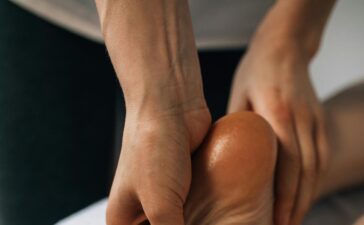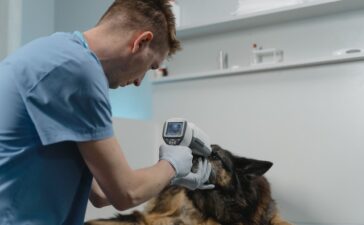If you enjoy being active or if you are an athlete, the idea of knee damage can be frightening. Of these injuries, injury to the anterior cruciate ligament (ACL) is among the most often occurring and major ones. ACL tears typically cause discomfort, instability, and major time away from your preferred activities.
Knowing ACL reconstruction is not only important for sportsmen but also for everyone confronting this obstacle. In Melbourne, where sports are a way of life, knowing your choices will help you on your road to recovery. This book will walk you through all you need to know about ACL repair in this energetic metropolis, whether your thoughts are towards surgery or simply starting to investigate what lies ahead following an injury.
Let’s explore why ACL reconstruction is so important for everyone experiencing knee problems!
Variations in ACL Reconstruction Techniques
Two techniques—autograft and allograft—rule most ACL reconstruction Melbourne operations.
Usually from the hamstring or patellar tendon, autograft uses your own tissue. Given the body is less likely to reject its own cells, this approach usually results in faster recovery.
Allografts, on the other hand, entail cadaver donor tissue. Patients who choose not to have an extra incision site or who have past problems with their tendons may find this alternative helpful.
Depending on specific situations and anatomical concerns, surgeons may also apply other fixation techniques including screws or staples. Every method has benefits as well as drawbacks.
Age, amount of activity, and personal preferences all affect the appropriate kind of surgery one should choose. Before deciding, you must carefully go over these alternatives with your surgeon.

Rehabilitation and Recovery Program
Reaching complete function depends on a proper recovery following ACL surgery. First you will concentrate on controlling oedema and soreness. Your best friends in this era will be height and ice.
Gentle mobility exercises become quite important as healing advances. These keep range of motion without overstressing the knee.
Rehabilitation depends much on physical therapy. A competent therapist will create a bespoke program fit for your objectives and situation. Exercises designed to strengthen muscles around the knee are progressively added.
As you move through healing phases, you also should include balance training. This helps stability and coordination as well as gets your body ready for returning to exercise.
Throughout this road, patience is essential; each action helps to restore and stop more damage in the future.

Preventing Future Damage and Keeping a Healthy Knee
Stopping future problems and guaranteeing a healthy knee need for constant work and focus. You really have to strengthen the muscles around your knee. Add workouts aiming at the hamstrings, calves, hip muscles, and not only the quads. Strength exercise done in a balanced manner will help your joints be stable.
Preventing injuries also depends on flexibility in a somewhat significant manner. Frequent stretching programs will help your knees and associated tissues remain mobile. Perfect additions to increase flexibility and encourage general body awareness are yoga or pilates.
Furthermore, it is important to pay attention to biomechanics during physical exercise. Correct jogging, jumping, or pivoting technique helps to lessen knee joint strain. Think about working with a physiotherapist or coach who can provide direction catered just for you.
Also take advantage of low-impact sports that let you get cardiovascular exercise without straying too far from your knees. Two excellent choices that keep you moving at low risk are swimming and cycling.
Closely pay attention to your body; pain is not something you should ignore following ACL surgery. Long-term knee health depends on your taking time off as needed.
By concentrating on these habits regularly throughout time, you will not only increase resilience against possible injuries but also lead an active lifestyle free from constraints imposed by past injuries.





